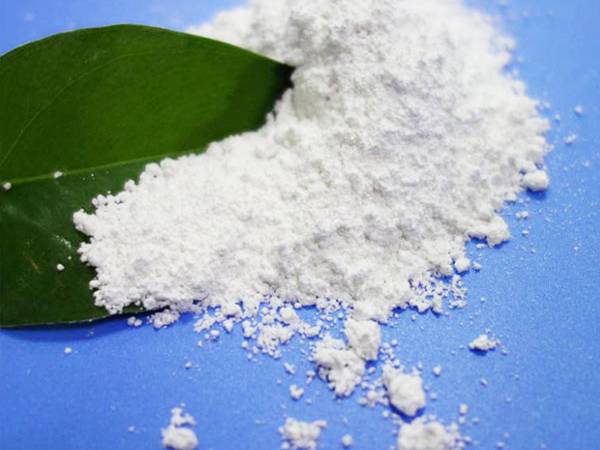



caustic soda used in water treatment
The Role of Caustic Soda in Water Treatment
Caustic soda, also known as sodium hydroxide (NaOH), is a versatile chemical compound widely used in various industrial applications, including water treatment. Its alkaline properties make it an essential ingredient in the purification and conditioning of water, contributing to the overall efficiency of wastewater treatment processes and the quality of potable water.
One of the primary functions of caustic soda in water treatment is pH adjustment. In many cases, the natural pH of water sources can be acidic, which may lead to corrosion of pipes and infrastructure and negatively impact treatment processes. By adding caustic soda, operators can raise the pH level to a more neutral range, typically between 7 and 8.5. This adjustment not only helps in protecting infrastructure but also optimizes coagulation processes, where particulates in the water are clumped together for easier removal.
Moreover, caustic soda plays a crucial role in the removal of heavy metals from wastewater. Many industrial processes produce effluents containing toxic heavy metals such as lead, mercury, and cadmium. The addition of sodium hydroxide facilitates the precipitation of these metals, allowing them to be separated from the water. Once precipitated, the heavy metals can be filtered out, significantly reducing their concentration in the treated water and making it safer for discharge into the environment or for reuse.
Another application of caustic soda in water treatment is in the neutralization of acidic waste. Various industries generate acidic effluents that are hazardous and can disrupt ecological balance if released untreated. By adding caustic soda, these acidic solutions can be neutralized, transforming them into safer substances that comply with environmental regulations.
caustic soda used in water treatment

In the continuing battle against emerging contaminants, such as pharmaceuticals and personal care products present in wastewater, caustic soda has shown promise. While its primary role is not to remove these substances directly, adjusting the pH can enhance the effectiveness of other treatment processes, like advanced oxidation, that are employed to breakdown these contaminants.
Furthermore, the use of caustic soda aids in the disinfection of water. Properly treated water is essential for public health, and the presence of pathogens can jeopardize this. By increasing the water's pH, the effectiveness of chlorine (a common disinfectant) can be improved, thus providing an additional layer of protection against microbial contamination.
Despite its benefits, the use of caustic soda must be carefully managed. High concentrations of sodium hydroxide can be hazardous, causing severe burns and environmental harm if not handled properly. Water treatment facilities need to implement strict safety protocols when using caustic soda, including appropriate storage, personnel training, and spill management strategies.
Moreover, the environmental impact of sodium hydroxide should also be considered, particularly in terms of the potential for increased salinity in discharged water. Treatment plants need to monitor and regulate the concentrations of sodium in the effluent to prevent adverse effects on aquatic ecosystems.
In conclusion, caustic soda is a vital component in the water treatment process, serving multiple purposes from pH adjustment to heavy metal removal and disinfection enhancement. As water treatment challenges evolve with increasing industrialization and pollution, the role of sodium hydroxide will remain crucial. Its effective application can help ensure that water is treated to safe and acceptable standards, thus protecting public health and the environment. Continuous research and development in the use of chemicals like caustic soda will be essential to address future challenges in water treatment sustainably and efficiently.
-
Why Sodium Persulfate Is Everywhere NowNewsJul.07,2025
-
Why Polyacrylamide Is in High DemandNewsJul.07,2025
-
Understanding Paint Chemicals and Their ApplicationsNewsJul.07,2025
-
Smart Use Of Mining ChemicalsNewsJul.07,2025
-
Practical Uses of Potassium MonopersulfateNewsJul.07,2025
-
Agrochemicals In Real FarmingNewsJul.07,2025
-
Sodium Chlorite Hot UsesNewsJul.01,2025










